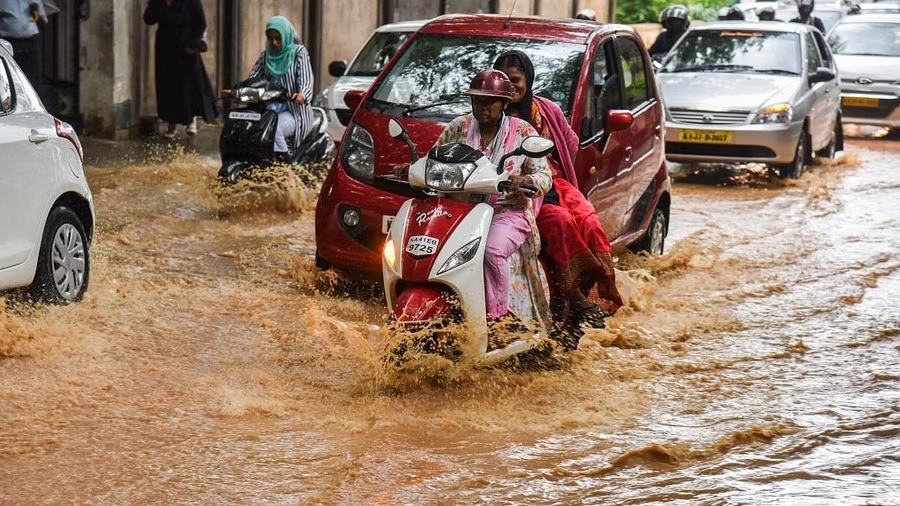Less Than 40% Indian Cities Have Master Plans: SDG Gaps in India’s Urban Infrastructure

TL; DR
Less than 40% of Indian cities had a master plan in 2024, highlighting the lack of structured urban growth. At the same time, nearly 90% of Urban Local Bodies have adopted disaster risk reduction strategies. With the urban population expected to surpass rural by 2050, building adequate and climate-resilient infrastructure is more critical than ever.
Context
Urban India feels like a cruel maze where millions dodge broken footpaths, overflowing drains and dug-up roads. Indian cities are not growing the way they should. Urbanisation is the future, but if our cities, the engines of economic growth, remain broken and poorly managed, how can the nation truly progress?
Who compiles this data?
While the data appears in the SDG India Progress Report published by the Ministry of Statistics and Programme Implementation (MoSPI), it is compiled by the Ministry of Housing and Urban Affairs.
Where can I download Clean & Structured Data?
Download detailed state-wise and indicator-wise SDG performance datasets for India on Dataful.
Key Insights:
- Indian cities suffer from poor infrastructure and unequal growth. While the goal should be to build future-ready cities, the reality is grim- less than 4 out of every 10 cities had a master plan in 2024.
- As more people move to cities, urban areas will become denser, concentrating both population and risk. With fewer locations housing more people, the impact of disasters will be greater. Urban Local Bodies play a key role in shifting focus from rescue and rehabilitation to proactive risk mitigation and preparedness. Around 90% of the local bodies adopted local disaster risk reduction strategies in line with national disaster risk reduction strategies.
Why does it matter?
India may have low urbanisation now, but by 2050, most of its population will live in cities. This shift makes it urgent to invest in strong infrastructure today. Liveable, inclusive, and climate-resilient cities are not just essential for well-being; they’re key to ensuring sustainable economic growth in the decades ahead.